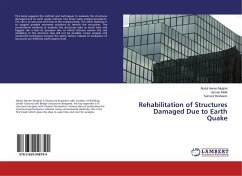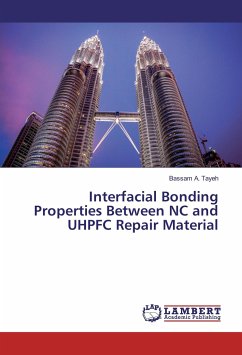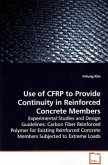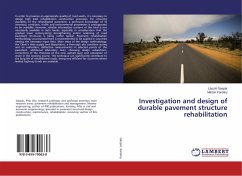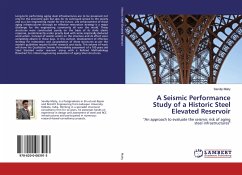A building is not eternal and indestructible, on the contrary, is perishable and a subject for degradation over time by the action of environmental factors. One of these factors is water which acts continuously in one of the three forms of aggregation: vapour, liquid, solid (ice), each one with specific means of action. The main objective of this paper is to analyze the effects of water action on infrastructure and solutions that are necessary to fulfill the requirements and reduce damage that may occur and systematize information for achieving practical and effective solutions. The first part of the book deals with the damage found on plaster and masonry in the presence of infiltration of water. The second part of the book analysed two case studies, namely (1) analysis of Cupolex floor and (2) moisture content in masonry walls simulated in the program Wufi 2D 3.2. Both case studies present solutions to prevent water to penetrate a building via capillary action and hydrostatic pressure.
Bitte wählen Sie Ihr Anliegen aus.
Rechnungen
Retourenschein anfordern
Bestellstatus
Storno


